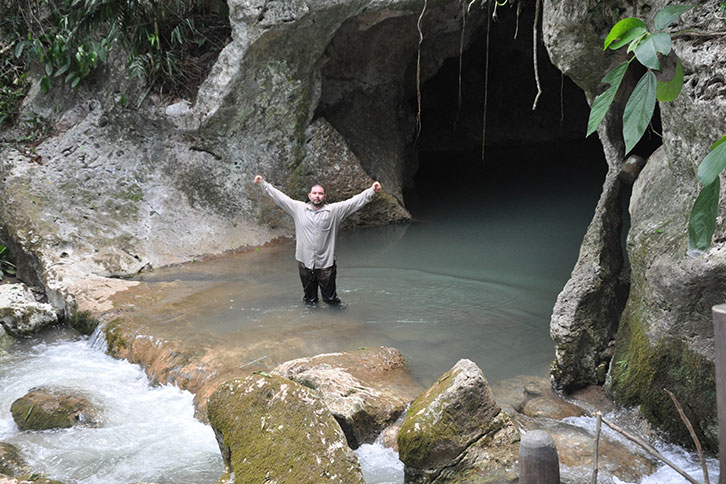Belize is a country full of stunning beauty above the surface, below the sea, and, more interestingly under the surface of the Earth with a massive cave system stretching the whole length and width of the country. Most of the caves in Belize, which is a world-class destination for caving enthusiasts, are part of karst cartography, meaning they have been carved out of limestone formations due to millennia of erosion. The ancient Maya believed caves to be the dwelling places of the deities of the Underworld.
Xibalba (Mayan pronunciation: [ʃiɓalˈɓa]), roughly translated as “place of fear”, is the name of the underworld in K’iche’ Maya mythology, ruled by the Maya death gods and their helpers. In 16th-century Verapaz, the entrance to Xibalba was traditionally held to be a cave in the vicinity of Cobán, Guatemala. According to some of the K’iche’ Maya presently living in the vicinity, the area is still associated with death. Cave systems in nearby Belize have also been referred to as the entrance to Xibalba. In some Maya areas, the Milky Way is viewed as the road to Xibalba.
Here are some more interesting facts about caves in Belize:
1. Up until the 1980s Belize was home to the largest underground cavern chamber in the world, located in the southern part of Belize. A cave in Indonesia currently holds the world record. In 2015 the forest rangers who manage Chiquibal Forest Reserve in Belize’s lush jungles, led a first-of-its-kind expedition to a massive sinkhole. Who knows what wonders lie under the surface, as there is a cave at the bottom of the sinkhole.
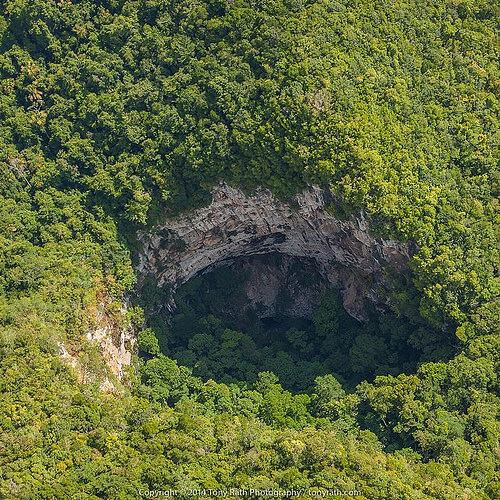
2. The Actun Tunichil Muknal Cave was used to sacrifice humans in the hopes of appeasing the gods and bringing fertility to the land. More than 14 skeletal remains, including children, have been discovered in the ATM’s main chamber.
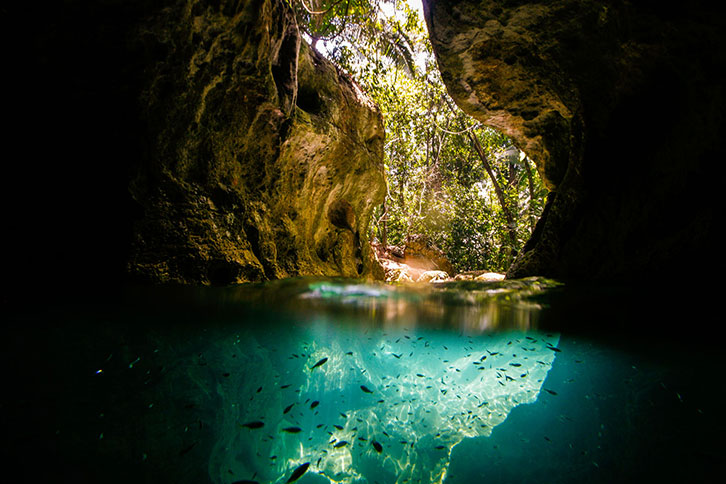
3. Many species of bats inhabit the cave system of Belize and their numbers outnumber all the other mammals combined. They are an important part of the ecosystem and of Maya mythology. The Mayan Bat Go, Camazotz was portrayed as a flying bat and was the god of darkness, violence, and sacrifice. He inhabited the Mayan’s version of “Hell”, Xibalba. The Popol Vuh is a story of two twins, the “Mayan Hero Twins”, whose father is killed in a “ball game” against Lords of the Underworld, getting vengeance on these lords, which just so happens to include Camazotz. The twins, Hanahpu and Xbalanque, were waiting in the “House of Bats” in the Xibalba, hiding in their blowguns waiting for the sun to rise so they could escape. Camazotz’s name literally means Death Bat. In ancient Mayan mythology, which is mostly preserved in the Popol Vuh, heroes would encounter Camazotz, which are bat-like monsters who presumably worked for the god.
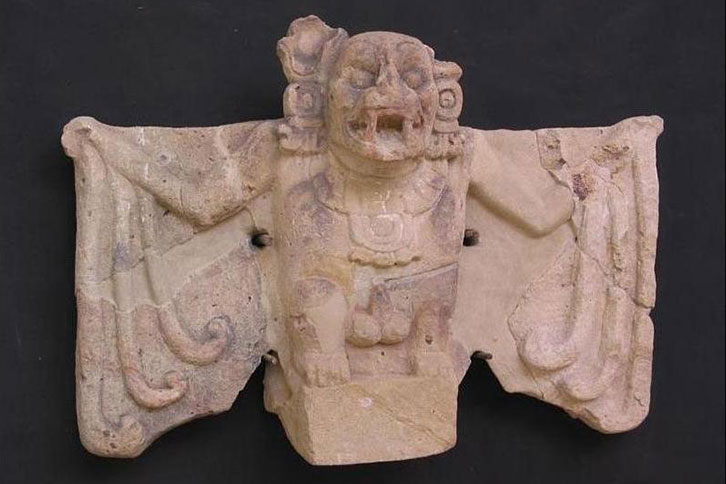
4. Some of the more interesting objects left behind by the ancient Maya in the caves are the blades and cores of obsidian, a naturally occurring glass produced by volcanic heat and pressure. Obsidian is not found in Belize so the Maya traded for prepared cores from volcanic sources in Guatemala, Mexico and Honduras. Blades were struck from these cores to produce cutting tools of incredible sharpness. The blades were used by the ancient Maya to perform bloodletting ceremonies in the sacred caves.
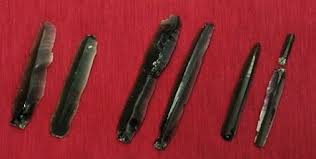
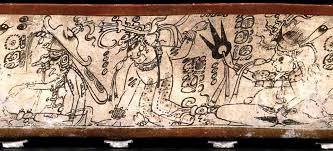
5. Many caves in Belize house underground rivers, which is ironic because many of the caves were used in the past to perform rituals to try to bring an end a devastating 100 year drought which caused much of the ancient Maya civilization to be displaced. The entrance to the ATM cave is a wet entrance requiring a swim through a crystal-clear pool and the caves at Caves Branch are awesome for tubing!
